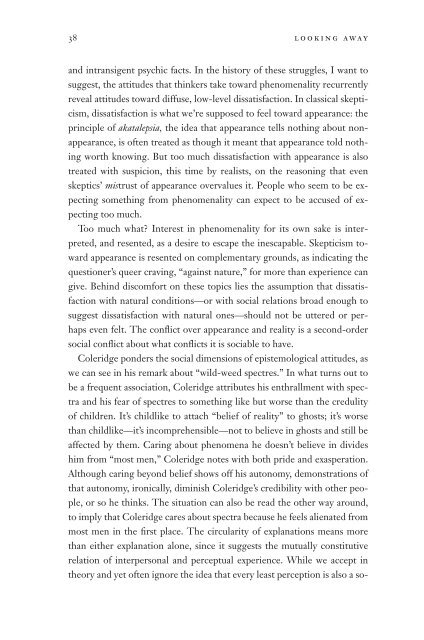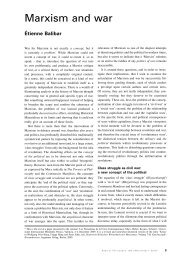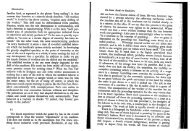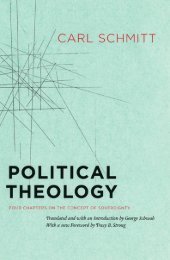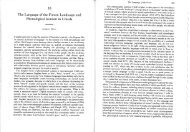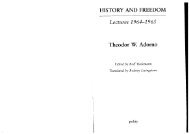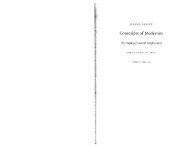Terada - Looking Away (Selections).pdf - Townsend Humanities Lab
Terada - Looking Away (Selections).pdf - Townsend Humanities Lab
Terada - Looking Away (Selections).pdf - Townsend Humanities Lab
You also want an ePaper? Increase the reach of your titles
YUMPU automatically turns print PDFs into web optimized ePapers that Google loves.
38 looking away<br />
and intransigent psychic facts. In the history of these struggles, I want to<br />
suggest, the attitudes that thinkers take toward phenomenality recurrently<br />
reveal attitudes toward diffuse, low-level dissatisfaction. In classical skepticism,<br />
dissatisfaction is what we’re supposed to feel toward appearance: the<br />
principle of akatalepsia, the idea that appearance tells nothing about nonappearance,<br />
is often treated as though it meant that appearance told nothing<br />
worth knowing. But too much dissatisfaction with appearance is also<br />
treated with suspicion, this time by realists, on the reasoning that even<br />
skeptics’ mistrust of appearance overvalues it. People who seem to be expecting<br />
something from phenomenality can expect to be accused of expecting<br />
too much.<br />
Too much what? Interest in phenomenality for its own sake is interpreted,<br />
and resented, as a desire to escape the inescapable. Skepticism toward<br />
appearance is resented on complementary grounds, as indicating the<br />
questioner’s queer craving, “against nature,” for more than experience can<br />
give. Behind discomfort on these topics lies the assumption that dissatisfaction<br />
with natural conditions—or with social relations broad enough to<br />
suggest dissatisfaction with natural ones—should not be uttered or perhaps<br />
even felt. The conflict over appearance and reality is a second-order<br />
social conflict about what conflicts it is sociable to have.<br />
Coleridge ponders the social dimensions of epistemological attitudes, as<br />
we can see in his remark about “wild-weed spectres.” In what turns out to<br />
be a frequent association, Coleridge attributes his enthrallment with spectra<br />
and his fear of spectres to something like but worse than the credulity<br />
of children. It’s childlike to attach “belief of reality” to ghosts; it’s worse<br />
than childlike—it’s incomprehensible—not to believe in ghosts and still be<br />
affected by them. Caring about phenomena he doesn’t believe in divides<br />
him from “most men,” Coleridge notes with both pride and exasperation.<br />
Although caring beyond belief shows off his autonomy, demonstrations of<br />
that autonomy, ironically, diminish Coleridge’s credibility with other people,<br />
or so he thinks. The situation can also be read the other way around,<br />
to imply that Coleridge cares about spectra because he feels alienated from<br />
most men in the first place. The circularity of explanations means more<br />
than either explanation alone, since it suggests the mutually constitutive<br />
relation of interpersonal and perceptual experience. While we accept in<br />
theory and yet often ignore the idea that every least perception is also a so-


